Rabble-rousers sowing seeds of discord between Iran, Afghanistan
By Syed Zafar Mehdi
In today's interconnected world, everything is a click away, including violent public disturbances. In recent days, social media has been inundated with horrific videos purportedly showing the mistreatment of Afghan refugees in Iran.
The unverified videos have circulated at a dizzying pace, fueling anger and outrage, and sparking angry protests in the neighboring country, including attacks on Iran's diplomatic missions in Kabul and Herat.
While it would be unfair to whitewash excesses committed by some fringe elements against Afghan refugees in Iran, it is sheer hyperbole to suggest that Afghan refugees in Iran are in any manner exploited or terrorized by people or the government.
Some of the posts doing rounds on Twitter, Facebook, and Instagram these days smell foul play, making it emphatically clear that there is a method to this madness.
It's nothing new or astonishing though. A tiny minority of trouble-mongers with divisive agendas have always been hell-bent on manufacturing crises between the two brotherly nations. Most of the time, the flames have been fanned by forces inimical to peace and stability in the region.
The latest row was triggered by an incident at the highly-revered Imam Reza shrine in Iran's northeast city of Mashhad on April 5, when a man in his early 20s stabbed three clerics. One of them died instantly and another succumbed to his fatal wounds later at a hospital. The third one survived.
The assailant's identity was not disclosed by authorities in Mashhad, but local media identified him as Abdul Latif Moradi, an Afghan national who had illegally crossed into Iran from Pakistan last year. He was immediately taken into police custody.
The two slain men included Mohammad Aslani, a senior cleric who was volunteering with the shrine in the holy month of Ramadan, and Mohammad Sadiq Daraie, a 26-year-old cleric who breathed his last the day his national identity card was expiring. Both have left behind little children.
The graphic videos of the incident, shared widely on social media, showed the victims lying in pools of blood in the main courtyard of the shrine, which is a popular pilgrimage site in the Islamic Republic.
While the gory incident drew widespread condemnation, the reaction of officials in Iran was extremely measured, for the fear of backlash against Afghan refugees living in the country. No threats were issued and no refugees were deported, unlike what you hear in some foreign media outlets. In turn, a senior government official in Mashhad warned against playing into the hands of enemies.
Afghan scholars based in Iran also unequivocally condemned the gruesome incident, saying the assailant, inspired by the Takfiri thought, did not belong to them. Senior Afghan politicians, such as former chief executive Dr. Abdullah Abdullah, and Taliban spokesman Zabiullah Mujahid also condemned the cowardly attack.
But the mischief-mongers behind the incident were already ready with their murky games, to vitiate the atmosphere and stoke tensions and discord between the two neighbors.
The soil on the graves of two Mashhad victims was still wet when a flurry of videos took social media by storm, purportedly showing Afghan refugees being ill-treated.
One of the videos showed a group of unruly men bashing up two young boys, with police trying to intervene. Twitterati alleged that it was Iranian men beating Afghan refugees, without any evidence.
Another video showed a man filming a young Afghan boy while harassing him, a horrible prank indeed. It's unclear where the video has been filmed, but what's clear is the motivation behind its leak now.
One post on Twitter alleged that Iranian forces were "harshly beating" Afghan refugees and "forcing them to leave Iran". On analyzing the video carefully, it appears that the video has not been shot in Iran, and the uniform the assailants are wearing does not belong to Iran's police force.
The unverified videos sparked angry protests in Afghanistan, with a group of men attacking Iran's embassy in the capital Kabul and the consulate in western Herat province.
They hurled stones and smashed security cameras at Iran's embassy in Kabul. In Herat, they tried to barge inside the consulate building but the bid was thwarted by consulate guards.
Even senior Taliban officials, such as Afghanistan Olympic Committee chief Nazar Mohammad Mutmaeen, were seen cheering on the protesters while dubbing Iranians as "criminals" and accusing them of "bad behavior" against Afghan refugees.
Mutmaeen, now busy fanning the flames of hatred and animosity between the two neighbors, was formerly a Taliban fighter with the blood of hundreds, if not thousands, on his hands. He was rewarded with a post in the Taliban government's interim cabinet last September for his "exploits" on the field.
In contrast, Iranian officials refused to join the circus, calling on the rulers in Kabul to ensure the security of Iran's diplomatic missions in the war-ravaged country and uphold the rich history of brotherly relations between the two countries.
In a beautiful gesture, Iran's President Ebrahim Raisi joined a group of Afghan students in Tehran for iftaar, sending a clear message to trouble-makers that their bid to pit Iranians and Afghans against each other was not going to succeed.
President Raeisi's special envoy for Afghanistan, Hassan Kazemi Qommi, warned against attempts to sow discord between Iranians and Afghans and affirmed that "foreign actors" were behind the protests.
Iran has for the past four decades played host to one of the largest and most protracted refugee situations in the world. The country is home to some four million documented and undocumented Afghan refugees today, one million of whom fled their home country after the Taliban's sweeping takeover and the botched exit of US-led allied forces last August.
According to aid agencies, around 4000 to 5000 Afghan refugees have been streaming into Iran each day in recent months through informal border crossings, and they have been embraced with open arms despite Iran's own limited capacities due to crippling US sanctions.
Irans assistance to the war-weary Afghan refugees has been largely without any international aid at a time when rich Western countries have erected walls to prevent the entry of Afghan refugees.
From prioritizing the vaccination of Afghan refugees to providing them equal educational opportunities, Irans approach to the Afghan refugee crisis has been marked by compassion and humanity.
Top UN officials have acknowledged the role played by Iran in alleviating the suffering of ill-fated Afghan refugees while urging the world to share the burden.
The Norwegian Refugee Council, an independent humanitarian organization providing assistance to refugees across the world, also commended Iran for welcoming and hosting millions of displaced Afghans for the past four decades.
In a statement recently, the organization called on the international community to step up to support Iran and urged rich nations to ramp up aid and keep their borders open to people fleeing conflict.
While Iran, which shares a 572-mile porous border with the neighboring country, has in line with its refugee policy provided necessary assistance to refugees coming from Afghanistan, it has continued to remind the international community of its responsibility toward the people displaced by the 20-year failed military adventure of the US and its NATO allies.
Irans envoy to the UN, Majid Takht Ravanchi, speaking at a UN Security Council session on Afghanistan on January 27, asserted that Tehran had done all in its power to support Afghan refugees over the past four decades, despite harsh sanctions. He said that financial constraints due to US sanctions were impeding Irans efforts to assist incoming refugees, in the absence of international assistance.
According to estimates, more than 96 percent of Afghan refugees live in Iranian cities, towns, and villages alongside their Iranian host communities, while 4 percent put up in more than a dozen settlements managed by the Interior Ministry in collaboration with the UN refugee agency.
While trouble-mongers are busy fomenting trouble, Iran continues to do what it has been doing over the past four decades. There definitely are issues, but it is not the way they want you to believe.
Syed Zafar Mehdi is a Tehran-based journalist, editor, blogger, and author. He has reported for more than a decade from Afghanistan, India, Pakistan, Kashmir, and Iran for leading publications worldwide.
(The views expressed in this article do not necessarily reflect those of Press TV.)
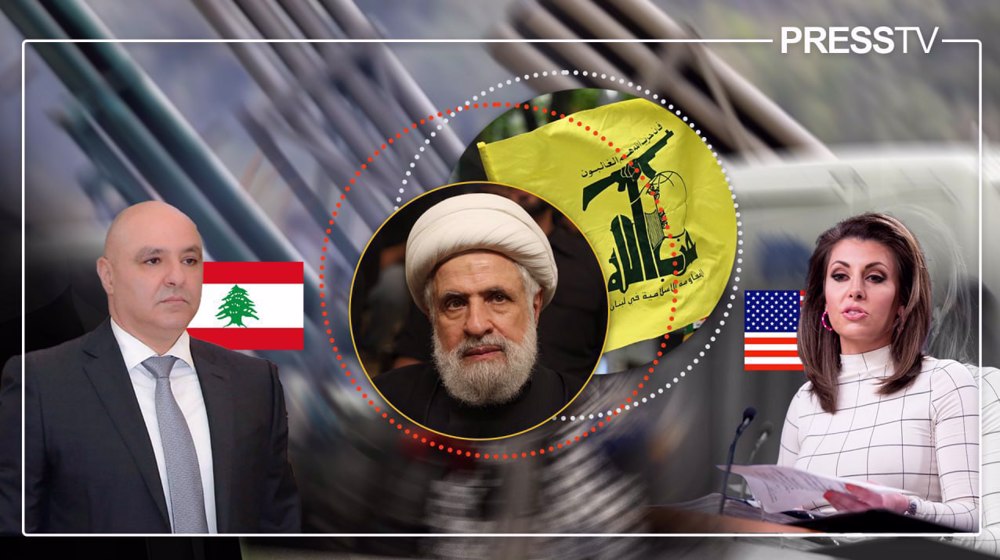
No to capitulation: Hezbollah’s arms are Lebanon’s shield against occupation
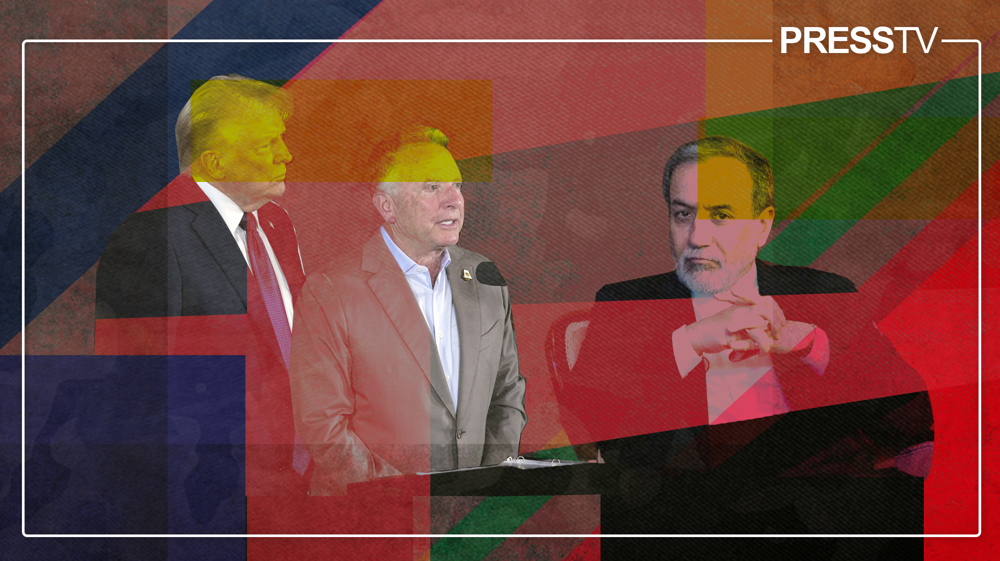
Iran-US talks: Trump, sanctions and the mirage of a durable nuclear deal

Cases of Esfandiari and Hazamy: France’s quiet war on Muslim, Iranian, pro-Gaza voices
IAEA director speaks with Araghchi about Iran-IAEA cooperation
US airstrike on Yemeni capital kills 8 people
VIDEO | Iran multilayered diplomacy
VIDEO | Press TV's news headlines
Iran more than halved its power grid losses to 10% in 16 years: Expert
Abbas names likely successor in move deemed ‘illegitimate, divisive’
Illegal Israeli settlers attack Palestinian school in occupied West Bank
VIDEO | Israeli forces tighten siege on Jenin refugee camp


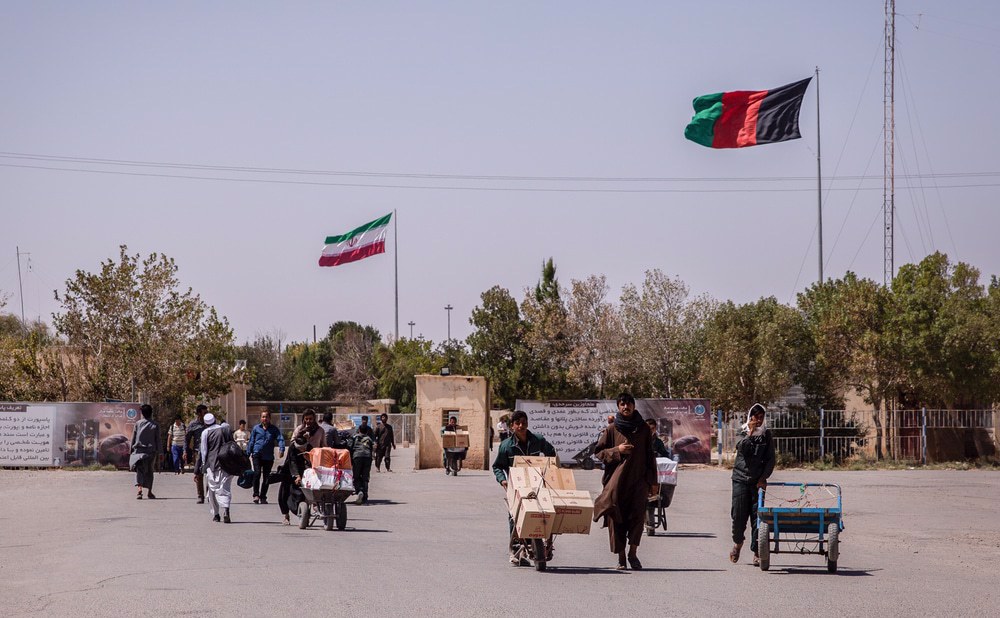



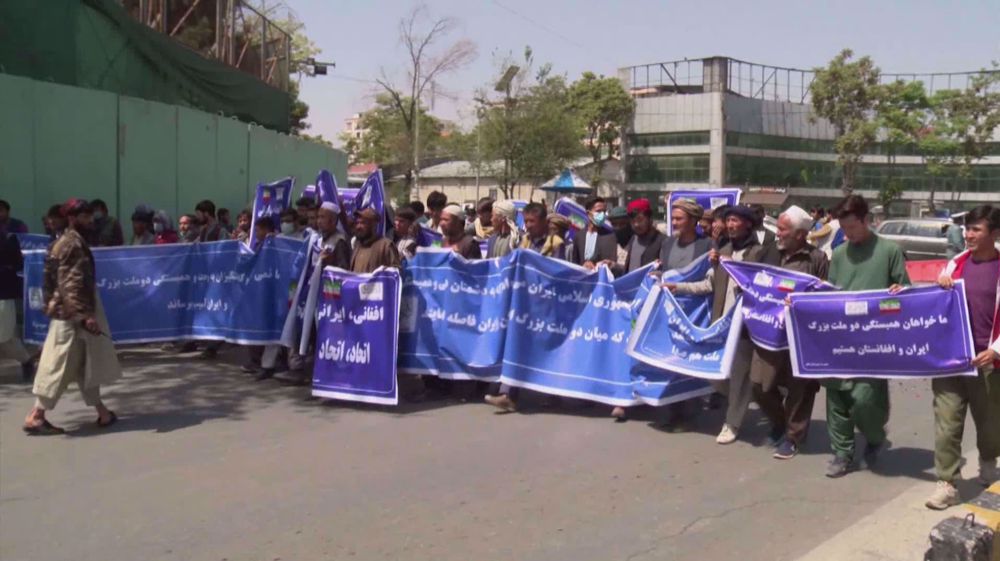
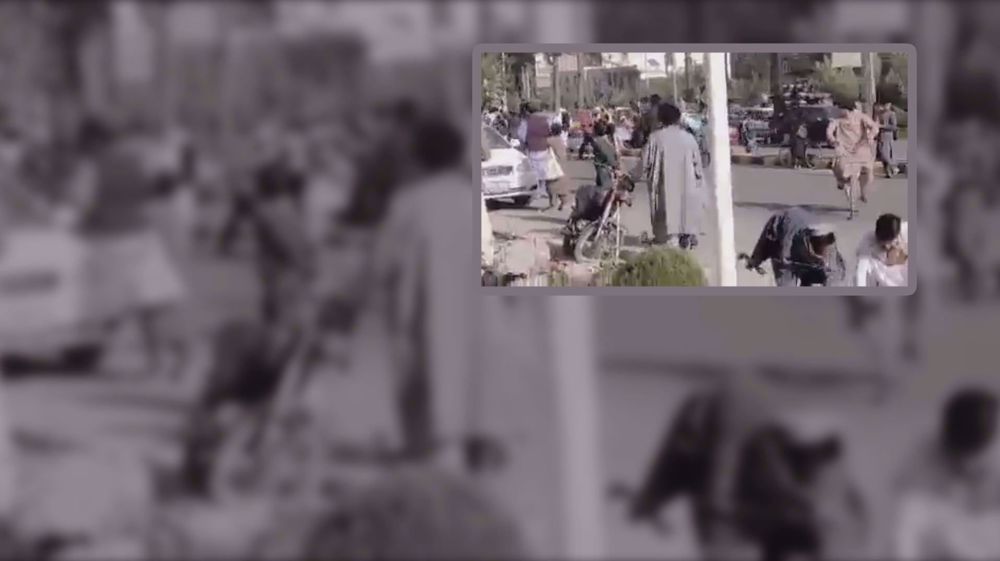
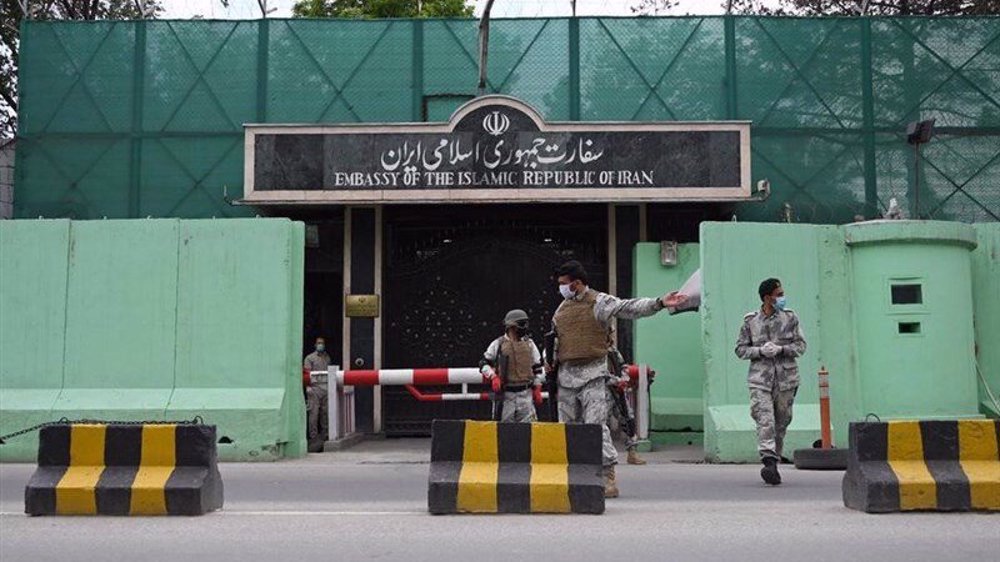
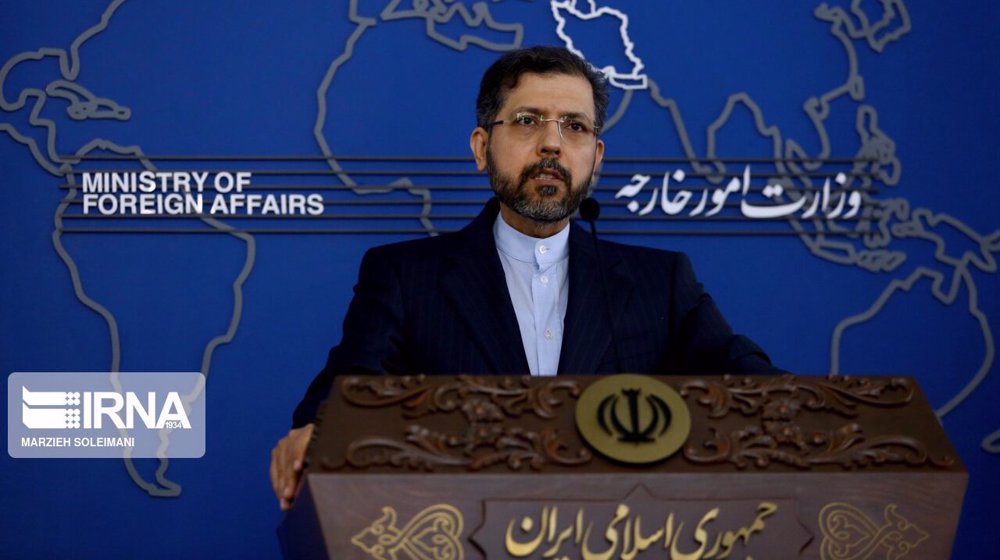


 This makes it easy to access the Press TV website
This makes it easy to access the Press TV website